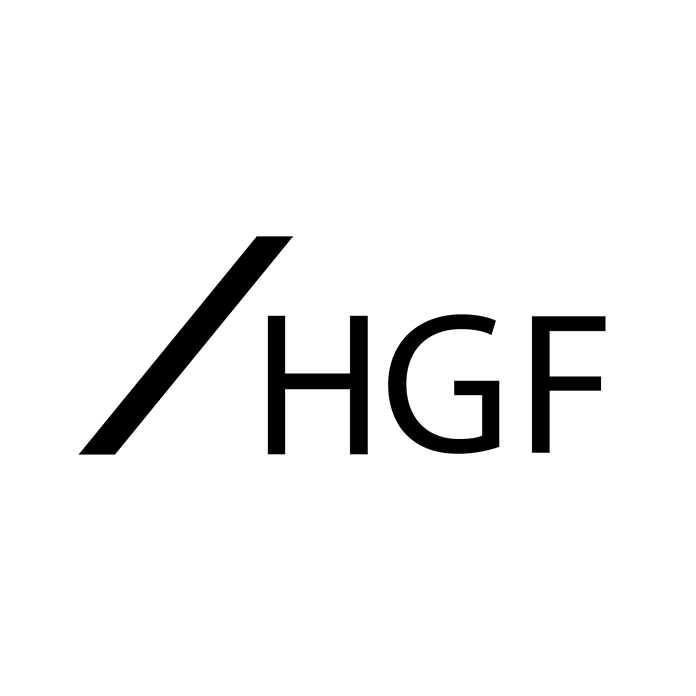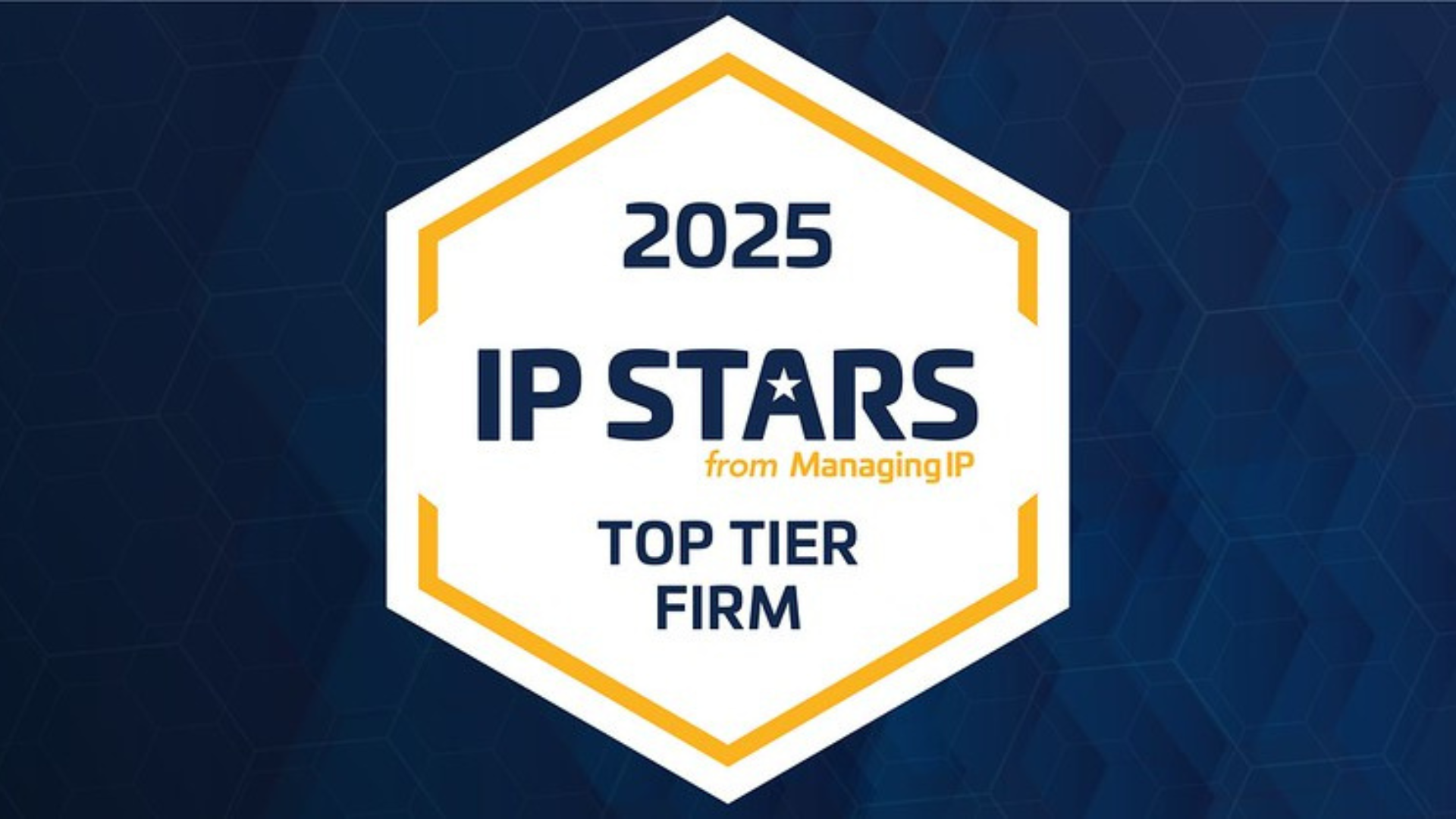Retail Scanner
Everything but the…shops
April 2021
Over the last year, online retailers have been snapping up high street brands but not their stores. In February, Arcadia’s TOPSHOP, TOPMAN, MISS SELFRIDGE and HIIT brands sold to ASOS for £265 million, separate to the £65 million paid for current and future stock. In January, Boohoo purchased Debenhams’ brands and website for £55 million but noticeably did not take on its 124 stores.
Whilst this may be a concern for the British high street, it clearly demonstrates the value of brands, in some cases over any tangible assets such as stock, staff or physical stores. TOPSHOP and MISS SELFRIDGE are registered trade marks but additionally, through their use, have amassed substantial goodwill in the business connected to them. The repute and power of attraction of these brands is what drives up their purchase price – even when being offered up out of administration.
Against this backdrop, insolvencies, administration and acquisitions, it is more key than ever for retailers to have a handle on their IP. Knowing “what you’ve got” and “what it’s worth” should the administrators need to be called, or should a sale or purchase opportunity arise, is a stock take worth conducting for retailers reliant on their brands.
1. Take stock
Conducting a regular check of what IP is owned – namely, registered and “unregistered” trade marks, i.e. goodwill, registered and unregistered designs, copyright and patents – is the best way to avoid the pitfalls of poor portfolio management at any time. However, this becomes more crucial when looking for a buyer for any brand or considering an acquisition.
Companies with complex structures can have IP rights spread across group or subsidiary companies. Or, previous mergers or acquisitions may have resulted in IP rights being legally transferred to a new owner, but this transfer of ownership not recorded on the IP registers. Rapid growth, internal restructuring and simply poor organisation can also lead to IP portfolios becoming “messy”.
Taking the time to create a database of all registered and (as far as possible) unregistered rights, checking that these rights are in the hands of the right entity and, for registered rights, ensuring that this entity is recorded as the owner on the official IP Office database, is a useful asset in itself. Acquisitions are typically fast-paced in their nature, so having a reliable record of assets to offer up to a buyer would avoid slowing down any deal.
Additionally, from a purchaser’s perspective, receiving such a record with the assurances that this data is regularly checked and updated if needed, may compensate for the typical lack of warranties around the validity and enforceability of IP rights being purchased out of administration. It also enables a proper assessment to be made about the value of the IP rights being bought.
2. Take care with transfer
The value given to the IP rights is obviously crucial to such deals. However, the importance of this figure goes beyond both parties feeling as though they have settled on a fair price. If IP assets are sold at under value, the validity of their transfer can be challenged for up to two years (for companies) under the Insolvency Act and it could be argued as contrary to corporate governance. This issue is more likely to come in to play when IP rights are assigned within group companies. The temptation may be to include the nominal £1 consideration, but consulting with a brand valuation expert and inserting this figure into the agreement will ensure that the assignment is valid and irreversible should it ever be challenged in future.
As with any agreement, the definition of IP rights is also key. A buyer will likely want the wording to be as broad as possible to capture all IP in any format in all territories. This can be tricky when there is more than one buyer, each seeking to take parts of the portfolio. In this instance, a “catch all” definition referencing all of the IP rights of the seller may not be possible. Although, a well worded “further assurance” clause could provide some comfort. Including a clause that requires the administrators to sign any further documents required to transfer assets to the buyer or record the change in ownership, can avoid rights that may have been missed in the midst of the initial deal from remaining in limbo.
3. Who needs to be notified?
Once the transaction has been completed, the change of ownership of any registered IP rights should be recorded on the relevant registers. This can be a straightforward process if ownership of the IP when purchased was already up to date. It can become tricky if a backlog of transfers has built up. It may also be necessary to notify the entities of the other side of any co-existence agreements or licences connected to the newly purchased IP of the new ownership, if this was not already required prior to the completion of the deal.
Finally, whilst recordals may seem like an administrative task, should the new owner wish to rely on the newly acquired rights for enforcement, the register will need to properly reflect the chain of title and current ownership of the registration.
This article was prepared by HGF Trade Mark Director Lauren Somers.

































